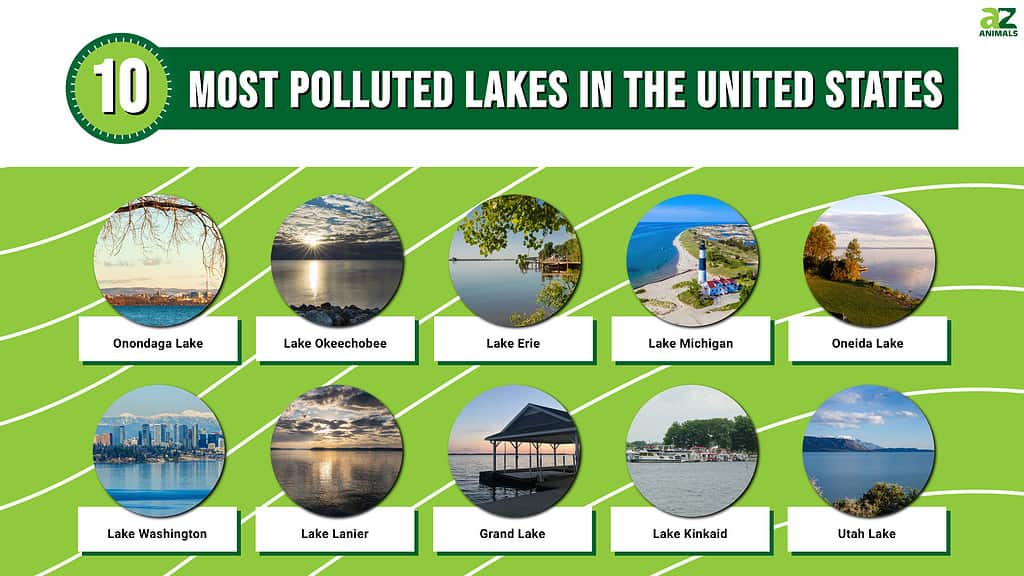
Chemicals, garbage, plastic, and other pollutants harm our rivers, lakes, and seas. “Thousands have lived without love, not one without water,” wrote W.H. Auden, a British poet. Even though we all know water is essential for life, we continue to waste it. Humans discharge approximately 80% of the world’s wastewater back into the environment, largely untreated, polluting rivers, lakes, and seas. Our health is at risk by the pervasive problem of water pollution. Each year, unsafe water kills more people than all other forms of violence combined. This article about the most polluted lakes in the United States demonstrates that pollution is not solely a problem in developing or third-world countries. Below, we will explore the 10 most polluted lakes in the United States.
The 10 Most Polluted Lakes In The United States
10. Utah Lake, Utah

One of western United States’ largest natural freshwater lakes is Utah Lake.
©iStock.com/craigpickup
Utah Lake is one of the western United States’ largest natural freshwater lakes. Excessive nutrients cause large seasonal algal blooms, elevated pH, and possible cyanotoxin production. Wastewater treatment plant effluent, industrial discharges, stormwater discharges, and nonpoint source runoff end up in the lake. Rapid urbanization and growth inside the watershed could be worsening hypertrophic conditions. Surprisingly, the “muddiness” of the water has helped to safeguard the lake’s water quality and fish. The suspended silt (mud) acts as a shade umbrella, reducing the amount of sunlight that reaches the algae that can affect us, our dogs, and the entire lake’s fish population. Even while the lake has long been a safe place for people, plants, and animals to play and live, there are a few areas where it could be better.
9. Lake Kinkaid, Illinois
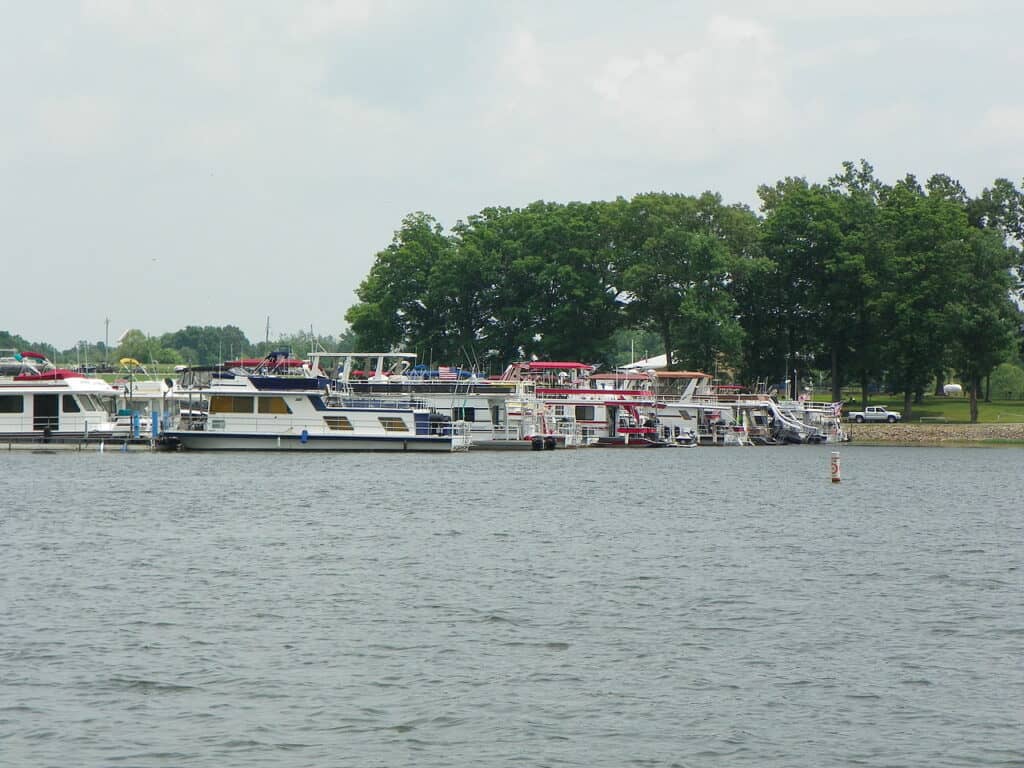
One of Illinois’ most mercury-polluted bodies of water is Lake Kinkaid.
©Markkaempfer / Creative Commons – License
Lake Kinkaid is one of Illinois’ most mercury-polluted bodies of water. The pollution has contaminated every body of water in Illinois. The mercury comes from emissions from coal-fired power plants. After it is released into the atmosphere, the substance settles in the water, eventually ending in fish. The state has issued a fish consumption advisory, advising consumers to eat fish caught in Illinois in moderation. The Public Interest Research Group’s short-term objectives are to reduce pollution in the air by mandating all power plants to meet modern emission standards. In the long run, decreasing reliance on coal, oil, and other polluting energy sources will be necessary. Solar, wind, and other forms of renewable energy will also be essential.
8. Grand Lake, Ohio
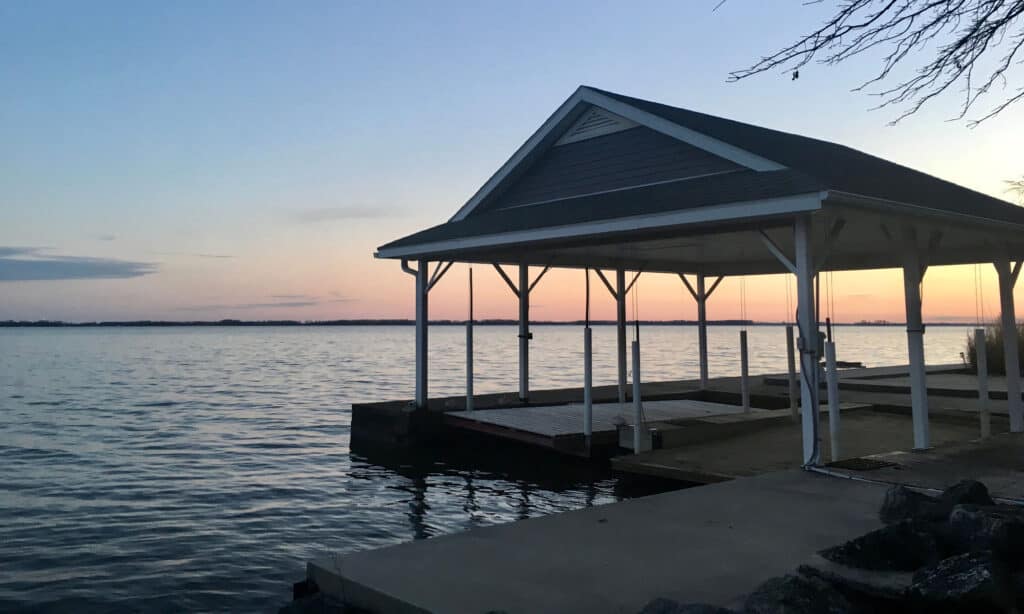
Due to algal microcystin toxin levels, Grand Lake used to be the most polluted lake in the United States.
©lkabbes/Shutterstock.com
Grand Lake, Ohio’s largest inland lake at 13,500 acres, has been dubbed the “poster child” of the Harmful Algal Blooms (HAB) affliction. In 2009, HABs began to cause problems at the lake. Due to extensive algal blooms, the state labeled the lake, a public drinking water supply, as distressed in 2011. Grand Lake was once considered the most polluted lake in the United States due to nutrient runoff, and algal microcystin toxin levels in the lake have considerably surpassed permitted criteria for the previous ten years. Farm techniques that limit fertilizer and manure runoff, annual dredging of over 300,000 cubic yards of lake silt, and restoration of water-filtering wetlands are slowly improving the lake’s water quality.
7. Lake Lanier, Georgia
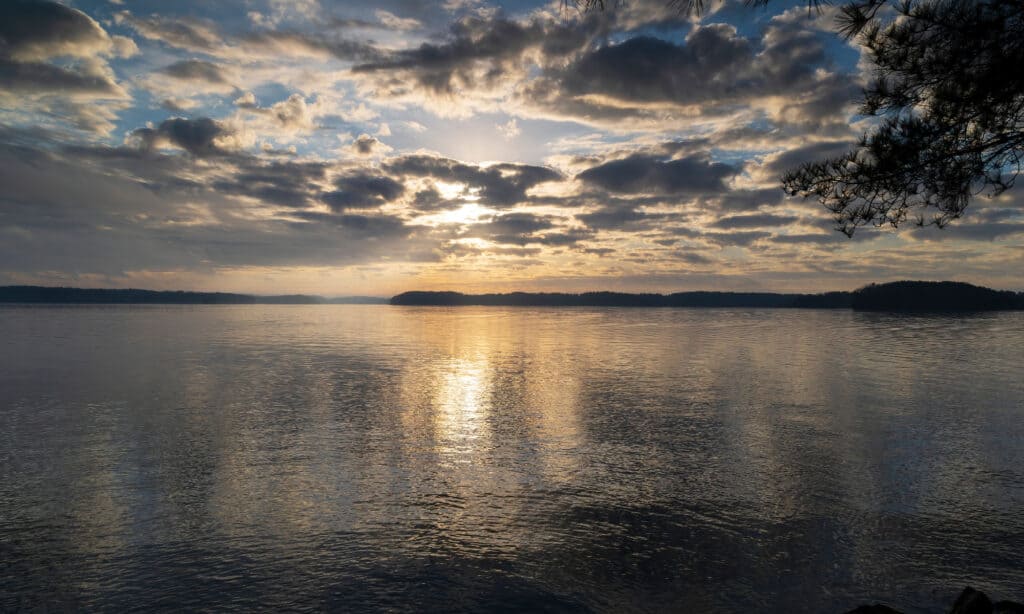
Lake Lanier is the 7th most polluted lake in the United States.
©iStock.com/Steve Samples
When the millions of people who obtain their drinking water from Lake Lanier in Georgia turn on their taps, they may detect a strange flavor or odor. There are too many algae, boosting the cost of treating drinking water, resulting in higher water bills for users. It also reduces the amount of oxygen in the water that fish and other aquatic life require to thrive. Stormwater runoff from lawn and farm fertilizers, treated sewage discharges, malfunctioning septic systems, and clogged sewer lines from inappropriately disposing of fats, oils, and grease are all sources of pollution. While physically removing the algae already present in the lake is impractical, the approach is to improve the water quality. The Chattahoochee Riverkeeper collaborates with local governments, utilities, and other stakeholders to address the issue and comply with a federal cleanup plan.
6. Lake Washington, Washington
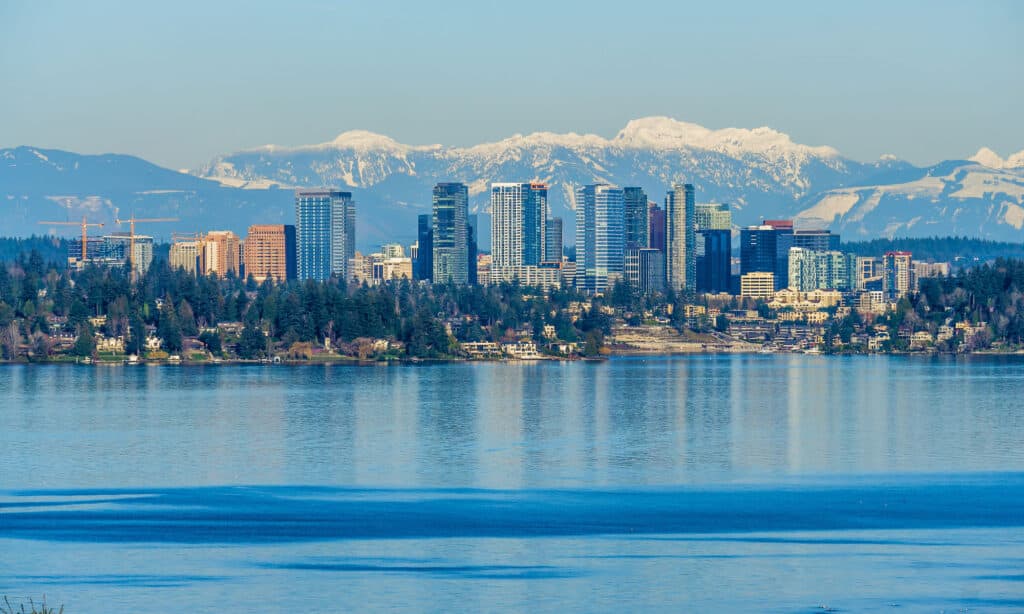
Before the city of Seattle implemented pollution controls, untreated sewage contaminated Lake Washington.
©iStock.com/gmc3101
Lake Washington is a big freshwater lake located near Seattle. It is the largest lake in King County and the state of Washington’s second-largest natural lake after Lake Chelan. Until the city of Seattle implemented substantial pollution controls, untreated sewage extensively contaminated Lake Washington. In the 1950s, an estimated 20 million gallons of sewage effluent per day from Seattle and the neighboring areas reached Lake Washington. In 1955, the discovery of cyanobacteria Oscillatoria rubescens in the lake indicated that phosphorus from sewage effluent was a fertilizer. The successful application of scientific information to public action, and the successful rescue of Lake Washington from deterioration, have been the subject of decades of follow-up research by natural and social scientists and is an internationally recognized example of how such efforts can succeed.
5. Oneida Lake, New York
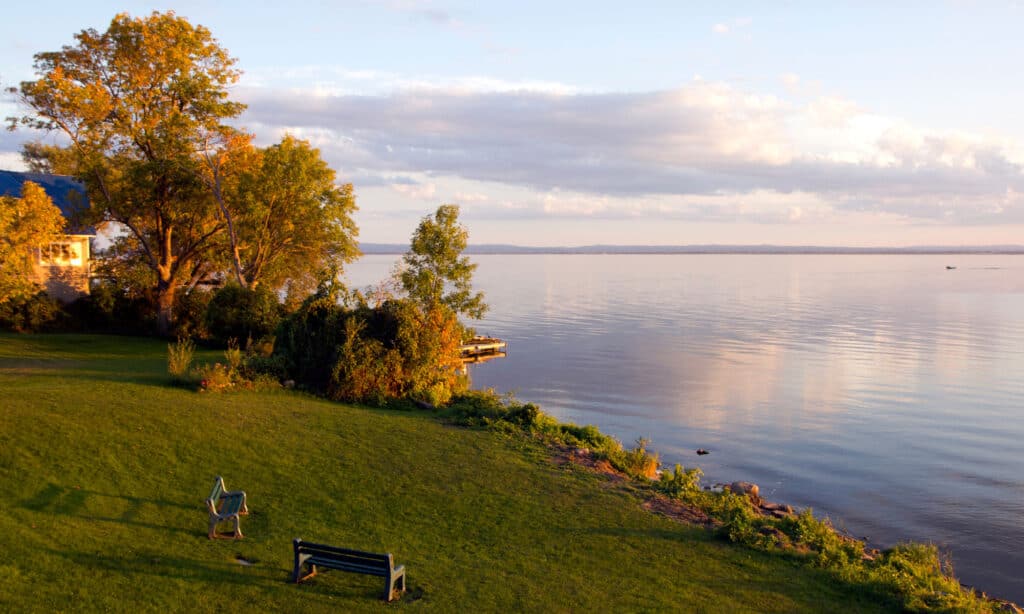
Oneida Lake has a total size of 79.8 square miles.
©iStock.com/Mirages-nl
With a total size of 79.8 square miles, Oneida Lake is the largest lake in the state of New York. The lake is near the Great Lakes, located northeast of Syracuse. Rooted vegetation and algal blooms hampered the recreational use of Oneida Lake, prompting the state to add the lake to its list of impaired waters under the Clean Water Act in 1998. Excess nutrients, particularly phosphorus, from urban, agricultural, and suburban runoff fueled algal blooms in the lake. Implementing best management practices like barnyard runoff management systems, manure storage systems, and nutrient and sediment control systems successfully reduced phosphorus loads to Oneida Lake. Because data demonstrated sustained declines in phosphorus levels and suggested that the lake supports aquatic life and leisure, the New York State Department of Environmental Conservation delisted Oneida Lake.
4. Lake Michigan, Illinois, Indiana, Michigan, and Wisconsin
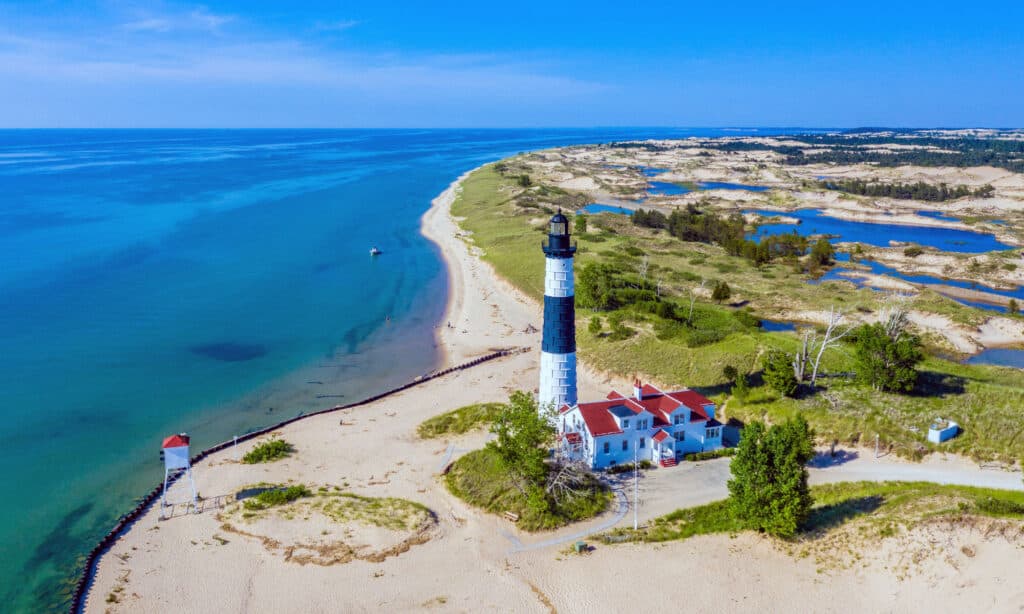
Lake Michigan is the second-largest Great Lake by volume.
©Frederick Millett/Shutterstock.com
After Lake Superior and Lake Huron, Lake Michigan is the second-largest Great Lake by volume 1,180 cu mi (4,900 cu km) and third-largest by surface area (22,404 sq mi (58,030 sq km). In 1968, the Grand Rapids Press published an article regarding the likelihood and consequences of Lake Michigan’s “death,” discussing how the 30 million residents of the Great Lakes Basin would have to say goodbye to fishing, swimming, and summer cottages. Instead of clean drinking water and beautiful beaches, rotting algae, dead fish, and motor oil slime would take their place. The federal government presented new restrictions and laws that will control state industries and waters surrounding and potentially polluting the lake.
3. Lake Erie, Michigan, New York, and Ohio

The smallest Great Lake by volume is Lake Erie and it is one of the most polluted in the United States.
©iStock.com/JerryB7
Lake Erie is the fourth-largest lake in North America (by surface area) and the eleventh-largest worldwide. It is the Great Lakes’ southernmost, shallowest, and smallest by volume. By the 1960s, Lake Erie had become the most polluted of the Great Lakes, owing to the substantial industrial presence along its coasts. It is highly impacted by human activity, with 11.6 million people living in its basin and large towns and extensive agriculture dominating its watershed. For decades, factories have been dumping chemical pollutants into the lake and its tributaries, such as the Cuyahoga River in Cleveland, Ohio, and the Detroit River in Michigan. Since the 1970s, environmental regulations have resulted in a significant improvement in water quality and the reintroduction of economically important fish species like walleye and other biological life.
2. Lake Okeechobee, Florida
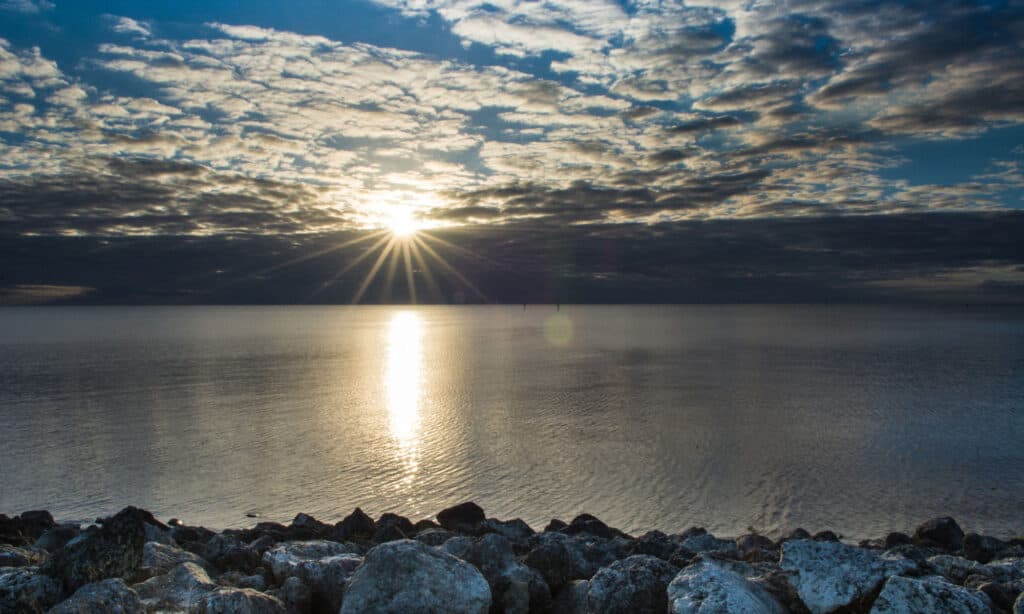
Lake Okeechobee is the largest freshwater lake in Florida.
©Allison Michael/Shutterstock.com
The largest freshwater lake in Florida is Lake Okeechobee, often known as Florida’s Inland Sea. Due to its hundreds of thousands of acres of filthy lakes, Florida climbed to the top of another undignified list. Stormwater pollution and algal blooms fueled by fertilizer runoff have long polluted the state’s waters. According to a new study of water quality across the United States, Florida has the most acres of lakes that are too contaminated for swimming or healthy aquatic life. It implies that water can include high levels of feces and other bacteria, making people sick, and low levels of oxygen or other pollution, affecting fish and aquatic life. The South Florida Water Management District received emergency authority on June 23, 2017, to pump clean water into Lake Okeechobee to safeguard animals and vegetation in overburdened water conservation districts.
1. Onondaga Lake, New York
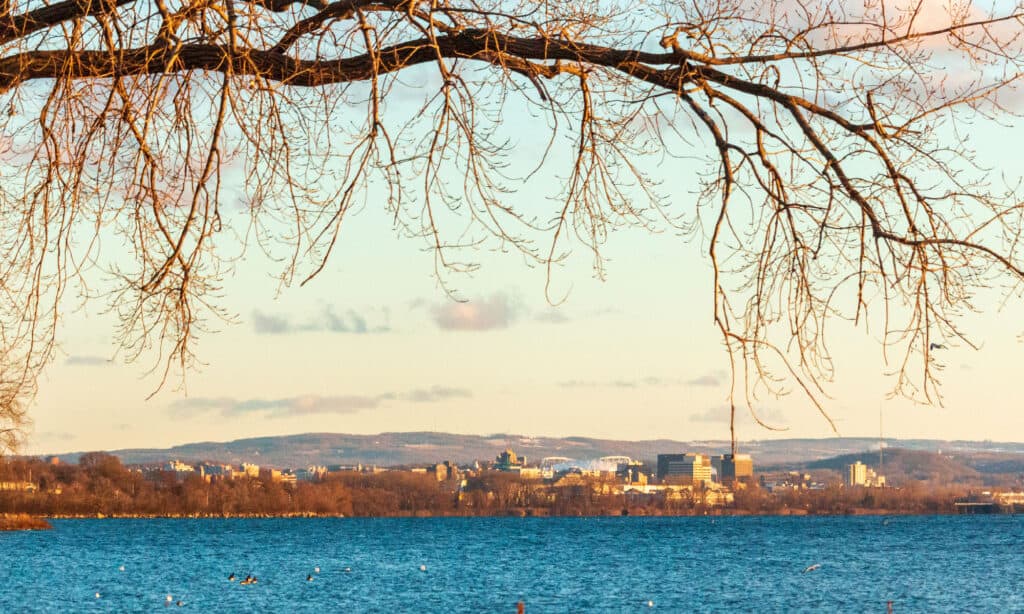
The most polluted lake in the United States is Onondaga Lake.
©iStock.com/JUN DONG
Onondaga Lake is a lake in Central New York, immediately northwest of and adjacent to Syracuse, New York. It is not only one of the most polluted lakes in the country but also takes a spot among the most polluted lakes in the world. Pollution of the lake has been an issue since the late 1800s, with ice harvesting prohibited as early as 1901. The swimming ban happened in 1940, and fishing was outlawed in 1970 owing to mercury contamination. For years, raw sewage was thrown directly into the lake, resulting in high nitrogen levels and algae blooms. The Syracuse Interceptor Sewage Board occurred in 1907 as the initial step toward controlling sewage pollution. After years of effort, it is safe to swim in the lake, and Onondaga County leaders now say it’s possible to have a beach along the lake’s shoreline.
We’re glad improvements are occurring that will hopefully lower its rank, but we are sad to report that currently, Onondaga Lake ranks #2 in the world for the most polluted, only beaten out by Lake Karachay in Russia. Other lakes that make up the most polluted in the world include Lake Tai in China, Lake Victoria in Africa, Serra Pelada Lake in Brazil, Potpeć Lake in Siberia, and Bellandur Lake in India.
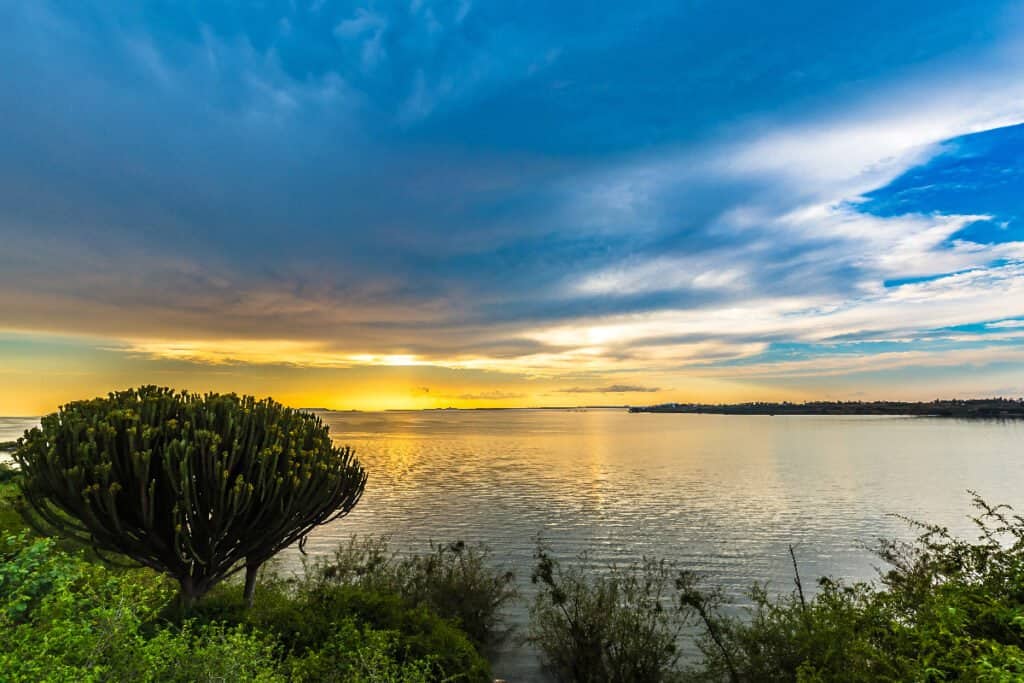
Lake Victoria, Kenya is one of the most polluted lakes in the world.
©Stefan Haider/Shutterstock.com
Summary Of The 10 Most Polluted Lakes In The United States
Here’s a recap of the 10 lakes that are the most polluted you’ll find in the US:
| Rank | Lake | State |
|---|---|---|
| 1 | Onondaga Lake | New York |
| 2 | Lake Okeechobee | Florida |
| 3 | Lake Erie | Michigan, New York, Ohio |
| 4 | Lake Michigan | Illinois, Indiana, Michigan, Wisconsin |
| 5 | Oneida Lake | New York |
| 6 | Lake Washington | Washington |
| 7 | Lake Lanier | Georgia |
| 8 | Grand Lake St. Mary’s | Ohio |
| 9 | Lake Kincaid | Illinois |
| 10 | Utah Lake | Utah |
How Are Animals Affected By Polluted Lakes?
Polluted lakes pose a threat to humans and animals alike. Since animals use lakes as habitats and hydration stations, pollution is not only harmful but can be deadly for them. Oxygen is depleted from plants, dying due to excessive plant overgrowth and algal blooms. The low oxygen levels lead to the death of fish. Also, algal blooms prevent fish and other aquatic animals from finding food, which can cause death. The slimy, thick muck from an overgrowth of algae blooms forms toxins that, once ingested by some fish, will move up the food chain and negatively impact birds and large animals. Even humans can be adversely affected by eating fish exposed to contamination of chemicals and other toxins. While the toxins found in fish may not cause immediate illness, they can accumulate with long-term consumption, leading to adverse health effects in humans, especially pregnant or nursing women, developing fetuses, and children.
The photo featured at the top of this post is © Melinda Fawver/Shutterstock.com
Thank you for reading! Have some feedback for us? Contact the AZ Animals editorial team.







